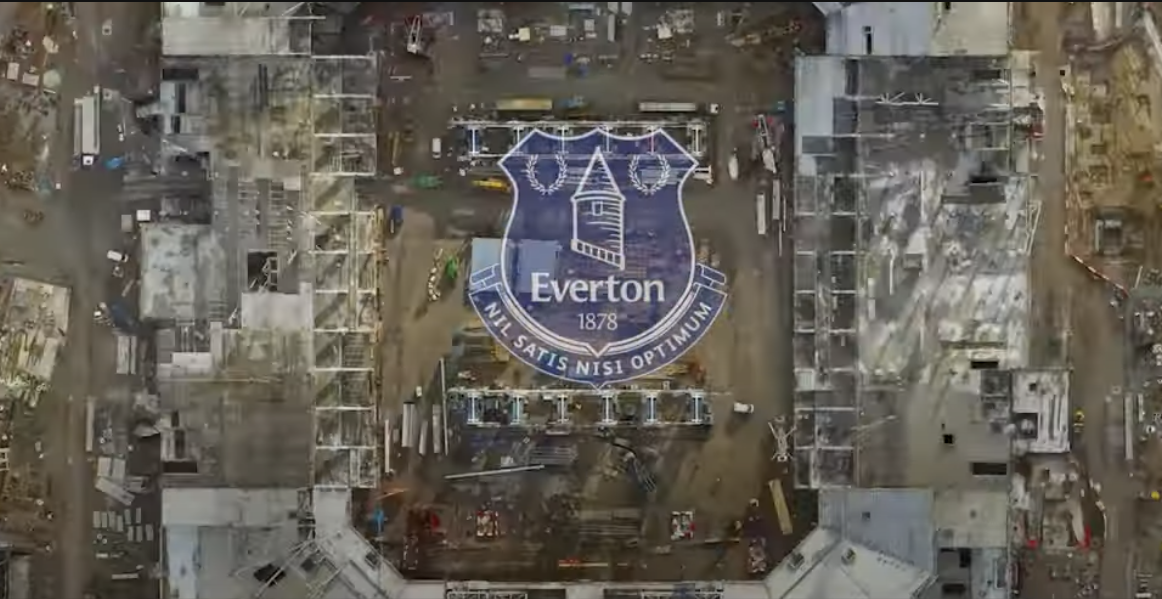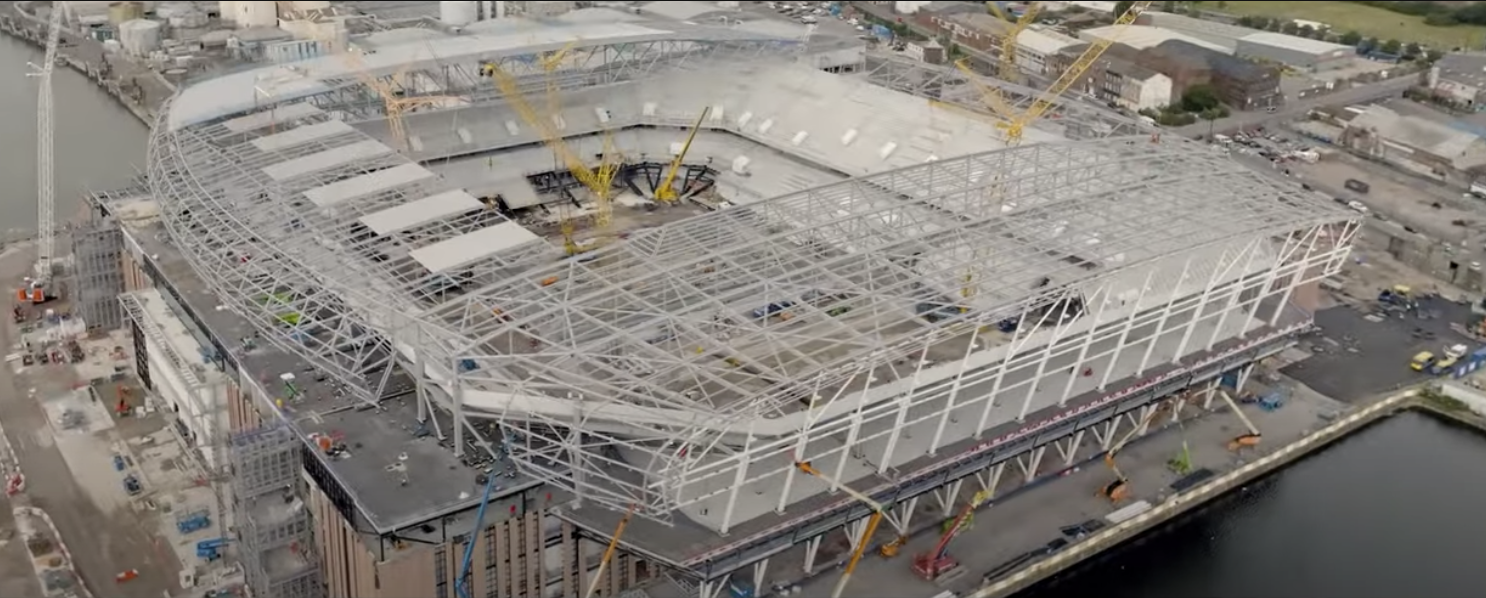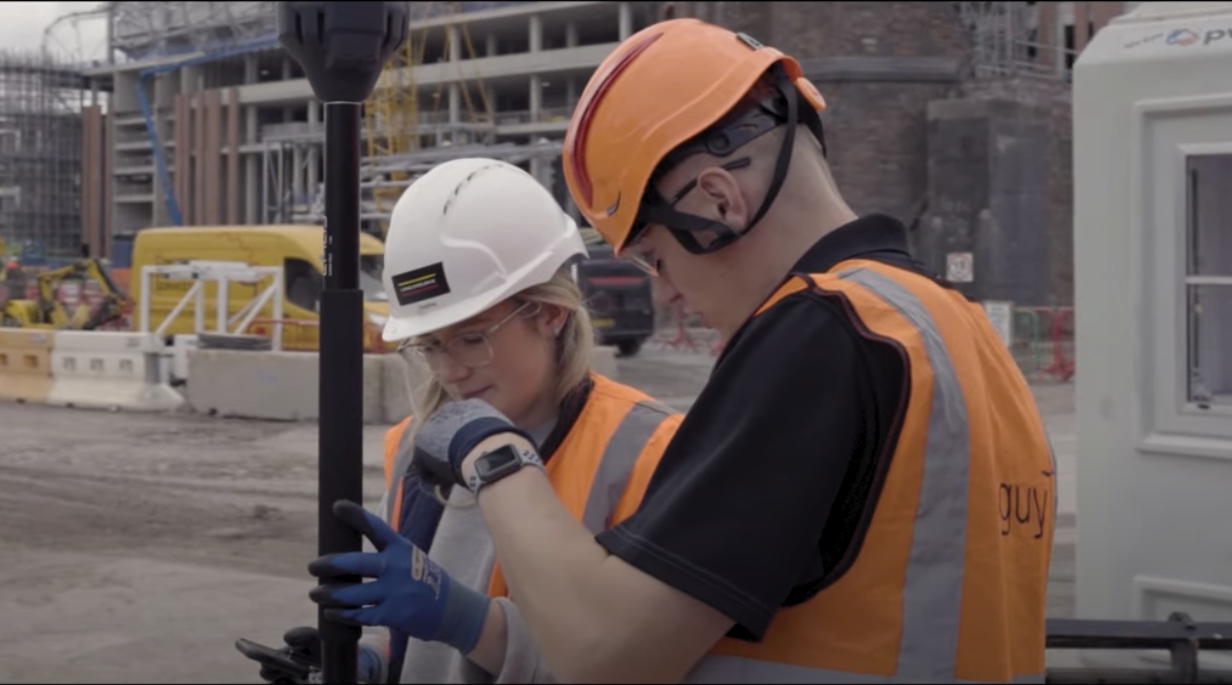
The DJI Zenmuse L2, the drone company's powerful new high-resolution LiDAR payload for Matrice drones is being used – together with the Terra app – to help Everton Football Club's new soccer stadium in Liverpool.

The new 53,000 capacity stadium will replace Everton's existing ground, Goodison Park. Not only will the Premiership club gain capacity for more than 10,000 more fans, but will take advantage of some serious modernization since the club has been at the Park since 1892.
Drones are being used heavily in the long-awaited project (the first serious plan to move to a new stadium was drawn up after all-seater stadiums were made compulsory in the UK back in the 80s).
DJI has taken the opportunity to air the Zenmuse L2 (as well as the L1 which, until now, would have been the choice for this kind of mission). The L2 is the latest version of the LiDAR system available as a payload for the Matrice M300 and M350 drones. The L2 is set to replace the L2 in all survey missions, and is being used in conjunction with DJI's software – DJI Terra – to provide detailed point clouds.
The Zenmuse L2 has another significant speed advantage over the L1 which has nothing to do with resolution – instant warm-up. While both will help generate accurate topographic maps, the L1 required about ten minutes for the IMU to warm up.
According to drone operator Heliguy (an operator involved in the project and a UK retailer of the system), the L2 brings measurably higher resolution, too. The L1 produced an absolute vertical error of 54mm, while the L2 narrowed that to 37mm when tested at an altitude of 100m.
LiDAR's ability to measure volume was extremely important to this job since it began with infilling Bramley-Moore Dock, which had to be packed with 500,000 cubic metres of sand dredged from the Irish Sea to help create a solid base for the stadium.

The presence of drones has also helped Everton prepared cinematics for excited fans, and the 45-megapixel cameras can also be used to monitor the position of vehicles (plant) for maximum efficiency on the £550 million ($700m/AU$1.06bn) development.







